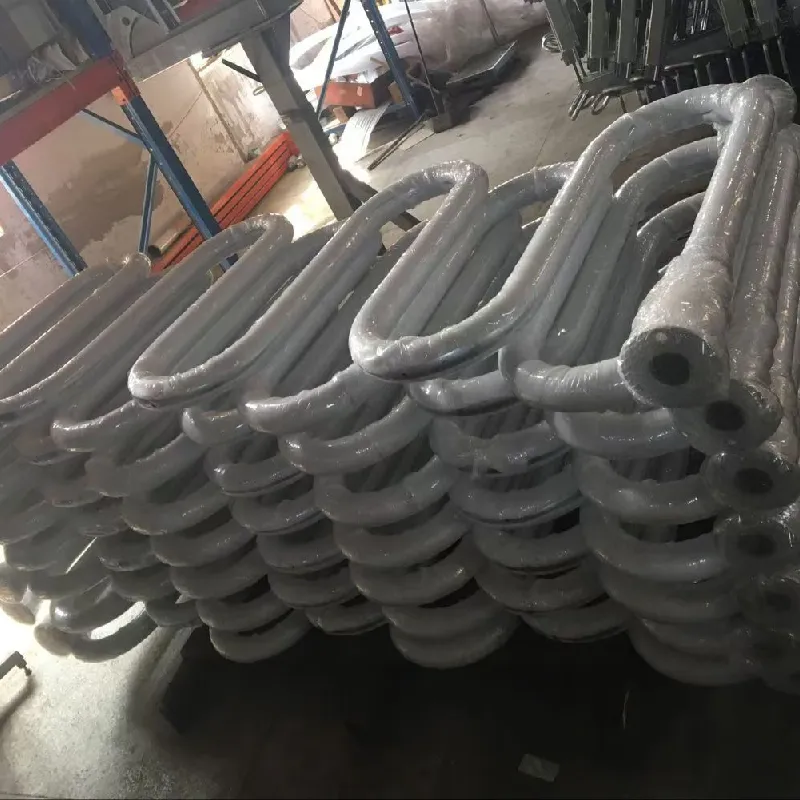Gate Valve and Pipe Fittings for Reliable Fluid Control Solutions
Understanding Gate Valve Pipe Fittings A Comprehensive Guide
Gate valves are a crucial component in the realm of pipe fittings, playing a significant role in the management and control of fluid flow in various systems. These valves are particularly known for their straightforward design and functionality, making them a popular choice across different industries. In this article, we will explore the features, advantages, and applications of gate valve pipe fittings, as well as essential considerations for their installation and maintenance.
What is a Gate Valve?
A gate valve is a linear motion valve that consists of a flat gate that slides into the flow path. When the valve is fully opened, the gate is completely removed from the path of the fluid, allowing for minimal resistance and a straight-through flow. Conversely, when the gate valve is closed, the gate is lowered into the flow path, effectively blocking the passage of the fluid.
Key Features of Gate Valves
1. Design Gate valves typically have a simple design that allows for easy operation and maintenance. They can be operated manually using a handwheel or automatically through various actuators.
2. Flow Control The primary function of a gate valve is to either fully close or fully open the fluid flow, making them ideal for applications requiring isolation rather than throttling.
3. Types There are various types of gate valves, including wedge gate valves and parallel gate valves. Wedge gate valves are the most common, featuring a single or dual wedge gate to seal the flow path.
4. Materials Gate valves can be manufactured from various materials such as brass, stainless steel, and cast iron, enabling them to withstand different pressures and temperatures based on application requirements.
Advantages of Gate Valves
1. Minimal Pressure Drop Due to their unobstructed flow path when fully open, gate valves contribute to a lower pressure drop, making them efficient for high-flow applications.
2. Durability These valves, when properly maintained, can have a long service life, reducing the need for frequent replacements.
3. Versatility Gate valves can be used in various applications including water supply systems, oil and gas pipelines, and HVAC installations, making them a versatile choice for engineers and contractors.
gate valve pipe fitting

Applications
Gate valve pipe fittings are widely applicable in industries such as
- Water and Wastewater Management Gate valves are used to control flow in water supply networks and sewage systems, where reliable isolation is crucial.
- Oil and Gas In the oil and gas sectors, gate valves handle the high pressures and corrosive materials associated with extraction and transportation.
- Power Generation These valves are commonly used in power plants to regulate the flow of steam and water in cooling systems.
- Chemical Processing Gate valves are used in chemical plants where the isolation of fluid flow is necessary during maintenance procedures.
Installation and Maintenance Considerations
Proper installation and maintenance are essential for ensuring the longevity and functionality of gate valves. Here are a few key considerations
- Correct Orientation Ensure that the gate valve is installed in the correct orientation as specified by the manufacturer. Most gate valves should be installed in a horizontal position.
- Regular Inspections Routine inspections are vital to identify any wear or corrosion issues early on, allowing for timely maintenance.
- Leaks and Sealing Check for leaks around the valve and replace seals or gaskets as needed to maintain efficiency.
In conclusion, gate valve pipe fittings are integral components in fluid management systems across numerous industries. Their unique design, efficiency, and versatility make them a preferred choice for many applications. By understanding their features and best practices for installation and maintenance, users can ensure optimal performance from these essential tools.
-
The Smarter Choice for Pedestrian AreasNewsJun.30,2025
-
The Gold Standard in Round Drain CoversNewsJun.30,2025
-
The Gold Standard in Manhole Cover SystemsNewsJun.30,2025
-
Superior Drainage Solutions with Premium Gully GratesNewsJun.30,2025
-
Superior Drainage Solutions for Global InfrastructureNewsJun.30,2025
-
Square Manhole Solutions for Modern InfrastructureNewsJun.30,2025
-
Premium Manhole Covers for Modern InfrastructureNewsJun.30,2025
